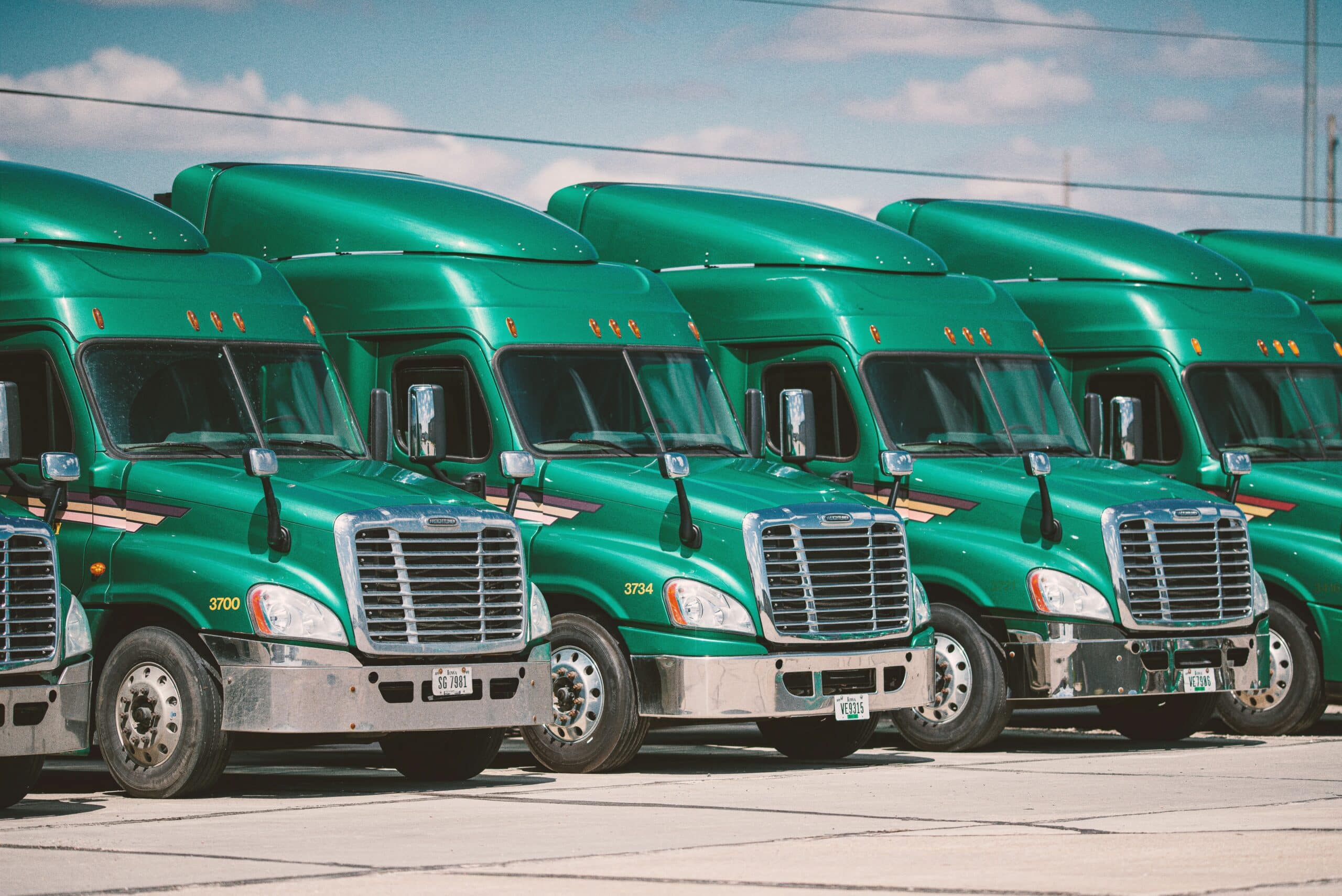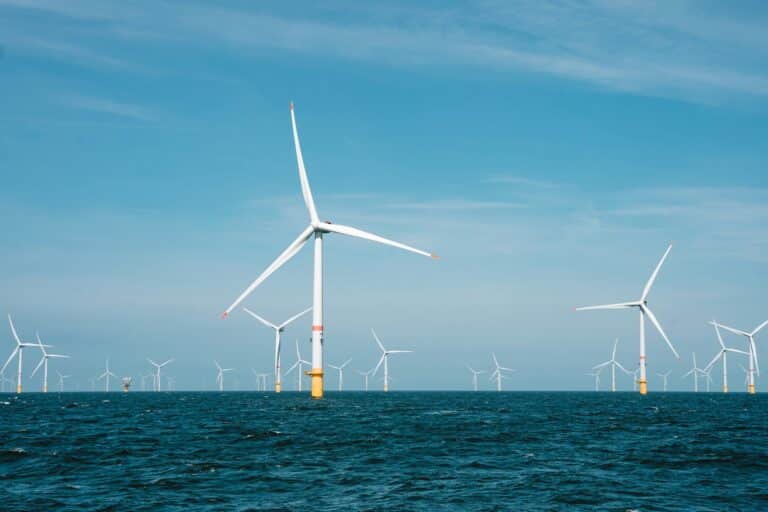TL/DR –
The trucking industry is finally chasing that green dream with goals like net-zero emissions by 2050 and cleaner energy sources. With California leading the charge, their new rules are making companies everywhere rethink their game — hello, eco-friendly fleets! Plus, who doesn’t love saving some coins and the planet by cutting idle time and taking efficient routes? #SustainabilityBaddie #TruckingGlowUp
Sustainability is all about meeting today’s needs without messing it up for the future. The Brundtland Report defines it perfectly. In business, it means adopting eco-friendly practices to reduce their environmental footprint.
For businesses, sustainability can mean using recycled packaging, conserving water, or tapping into renewable energy. Trucking companies often focus on:
- Cutting down carbon emissions
- Reducing air pollution
- Boosting energy efficiency
- Minimizing waste
- Training drivers on eco-friendly practices
What’s Powering Sustainability in Trucking?
Several factors are driving the push for sustainability in transportation.
The transportation sector is a major source of greenhouse gas emissions, with light trucks responsible for 58% of these emissions and medium- and heavy-duty trucks contributing 23%, per the Environmental Protection Agency. As climate concerns rise, there’s a growing push to cut carbon emissions and switch to cleaner energy.
There are also economic drivers. As fossil fuels get pricier, energy-efficient transport becomes more attractive. Sustainable practices can help cut fuel costs and boost financial durability.
Plus, consumers are leaning green and demanding eco-friendly options. This shift forces companies to embrace sustainability to stay competitive.
Climate Regulations
Government regulations are also pushing the transportation industry to become more sustainable.
Federal Net-Zero Emissions Goal
The White House’s climate strategy includes targets like:
- Cutting U.S. greenhouse gas emissions by 50-52% by 2030
- Achieving 100% carbon-free electricity by 2035
- Reaching net-zero emissions by 2050
The U.S. National Blueprint for Transportation Decarbonization aims to cut emissions in both passenger and freight sectors, calling for more efficient vehicles and a shift to zero-emission vehicles (ZEVs).
California Advanced Clean Fleets
The California Air Resources Board (CARB) approved the Advanced Clean Fleets (ACF) rule in April 2023. The program aims for all commercial trucks and vans to be ZEVs by 2045, and drayage vehicles by 2035. The rules apply to large fleets and those operating in California, affecting both local and high-priority fleets.
With California being a regulatory leader, other states like New York, New Jersey, and Oregon are likely to follow suit, potentially reshaping interstate trucking.
How Can Trucking Businesses Become More Sustainable Today?
Long-term, the industry needs electric vehicles and renewable fuels. Right now, there are steps companies can take to go green while saving money.
Improve Driver Behavior
Trucks use a lot of fuel when idling and speeding. Telematics can help monitor and improve driver habits. Check out EROAD’s Idle Report and Over Speed Dashboard to see how they help reduce idling and speeding.
Reduce Miles Traveled
Telematics can also cut unnecessary miles by finding the most efficient routes, saving fuel and reducing emissions. It’s one of the Energy Department’s Core Principles for sustainable fleet management.
Improve Vehicle Maintenance
Regular maintenance means better fuel efficiency and fewer emissions. Telematics can alert to issues early, supporting preventive maintenance and keeping costs down.
“`
Original Story at www.eroad.com





